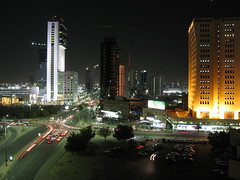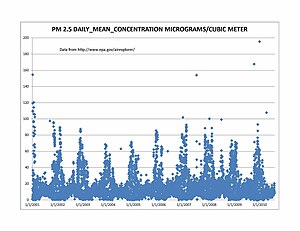What do you do if your proposal to implement congestion pricing to reduce both congestion and pollution is blocked by conservative political forces. If you are the mayor of Copenhagen, you use intelligent stoplights that, counter-intuitively, are used to increase the delays and congestion by increasing the red light times. This step is taken on days when pollution exceed certain levels and is designed to encourage drivers, warned in advance, to leave their cars at home. With the same population as Canada’s capital at 1.2 million, Copenhagen has almost twice the number of premature deaths due to air pollution (800/year), so that action to reduce vehicle emissions is needed. 7 million Kroner has been budgeted for the pilot project- about one
Canadian dollar for each citizen of that city.

Key Quotes:
“If the pollution levels are too high on any particular day, all the traffic lights on the main roads into the city will turn red and stay red longer than normal. The time the traffic lights are green will be reduced by 10 percent. Motorists will be informed by the internet or text messages before they leave for work so they can choose alternative transport forms”
"It will create queues on some of the approach roads, but it certainly our hope that people will think about it. The signal we want to send is that you have to use your car with careful consideration"
"There are fewer people in the areas in question than there is in the densely populated areas. But the whole idea is to get people to leave the car at home”
"As long as we can't use road pricing, we must use other ideas in order to lower emissions"























































